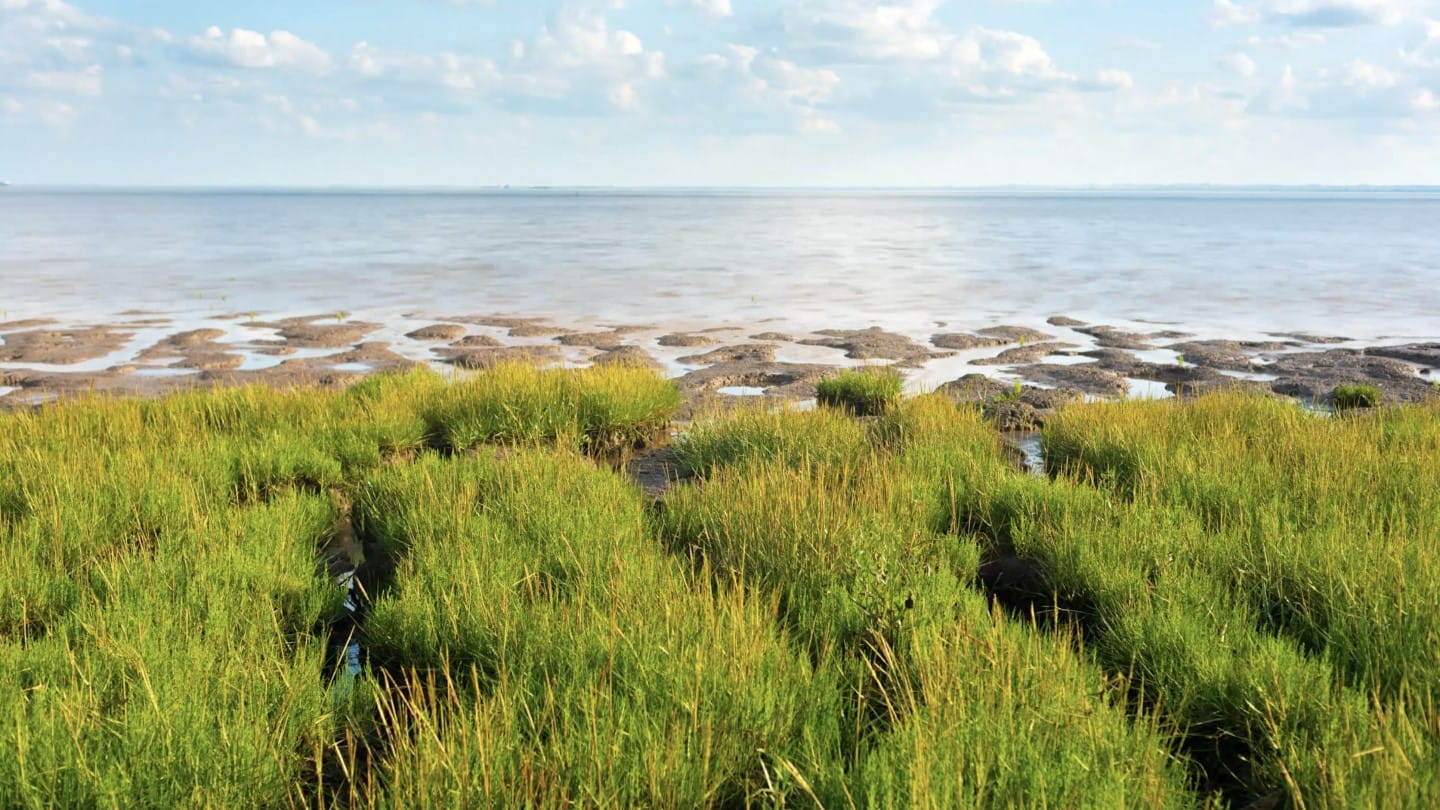
World Oceans Day 2024


Today is World Oceans Day - a timely opportunity to reflect on just how important the health of our oceans is for all of us on the planet we call Home. Covering 71% of the earth’s surface, the ocean provides more than half the oxygen we breathe, provides food and livelihoods for over 3 billion people worldwide, and plays a critical role in climate change mitigation and adaptation, not least through clean energy production.
The scale and speed of the offshore clean energy infrastructure build-out needed to meet global climate goals is unprecedented – global need for ocean-based energy and food production will see a five-fold increase by 2050. But the health of our oceans is under increasing pressure.
It’s both a challenging and exciting time in the marine space, but one I hope we can all agree is vital to get right – and with a sense of urgency. From an ocean energy perspective, we want to ensure offshore wind is part of the solution, not part of the problem. So how do we achieve that?
As I’ve posted previously, at Ørsted we’re looking beyond minimizing and mitigating any unavoidable impacts of the urgently-needed renewable energy build out. We’ve set an ambition that all new renewable energy projects we commission from 2030 at the latest should deliver a net-positive biodiversity impact – in short, our aim is to leave nature in a better state than it was before as we help tackle the climate crisis and deliver clean, affordable and secure power for communities around the world.
But measuring biodiversity – both on land and in the oceans - is not straightforward. Biodiversity doesn’t have a single, validated metric like gCO2/KWh that we can use to measure impact. Instead, each project needs to consider different metrics and indicators that are relevant to the local environment. This makes it challenging to set targets, establish global baselines, align regulatory requirements with voluntary ambitions like our net-positive ambition, and then measure progress over time.
So why is measurement so important? Measuring our impact on biodiversity allows us to understand whether we’re achieving what we set out to do, and to hold ourselves accountable for our biodiversity impact over the lifetime of an asset. It is also key to securing additional financing to scale up this work, for example through blue bond issuances tied to net-positive impact projects.
We have developed an impact measurement framework for meaningfully and consistently measuring and reporting biodiversity impacts across projects and markets, founded in established scientific methodologies but applied by industry to renewable energy assets on- and offshore for the first time.
The framework builds on the robust environmental measurement and monitoring we already do across the world to sustainably develop renewable energy projects. It will allow us to measure, track, and report delivery of a net-positive 2030 ambition for our projects across the globe.
In addition, the new framework allows us to build on our global programme of pilot projects we’ve already launched. These projects demonstrate the huge range of ideas we’re going to need to explore as offshore wind accelerates globally into new ecosystems and communities.
Developed in collaboration with The Biodiversity Consultancy, our approach aligns with emerging nature-related impact metrics and reporting frameworks from coalitions like the Science Based Targets for Nature, the Taskforce on Nature-related Financial Disclosure, World Economic Forum, and the Global Initiative for Nature, Grids, and Renewables.
Our aim is that the framework will inform an industry consensus on measuring biodiversity impacts, so that together we can achieve a global energy transition with positive outcomes for nature locally, regionally, and globally.
